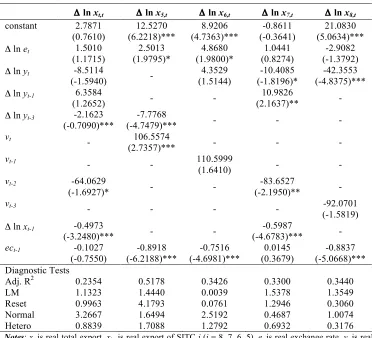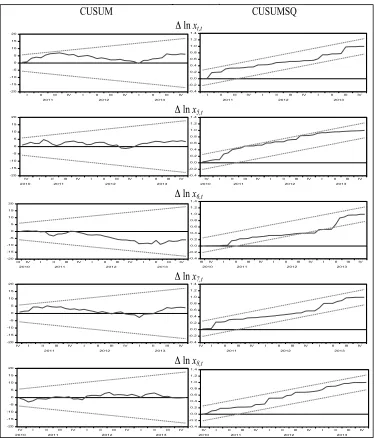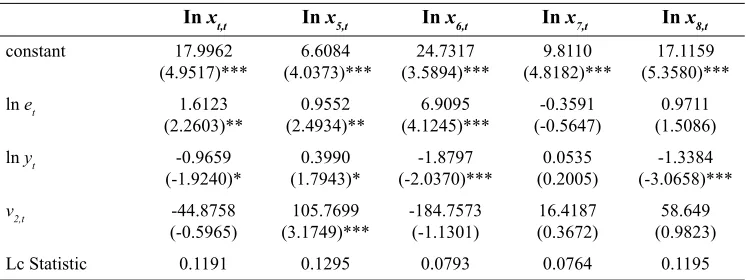Exchange Rate Volatillity and Exports of Malaysian Manufactured Goods to China: An Empirical Analysis
Full text
Figure
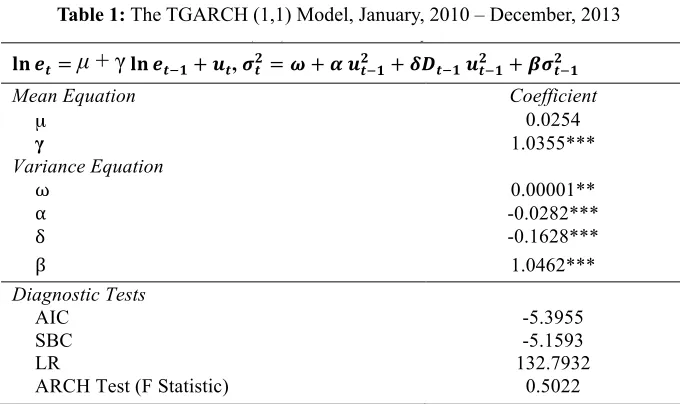
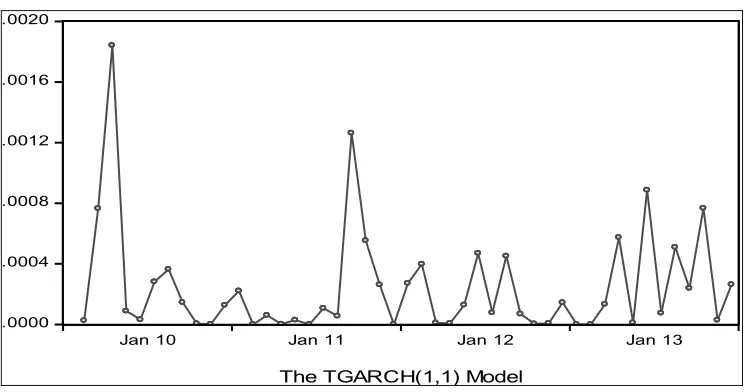
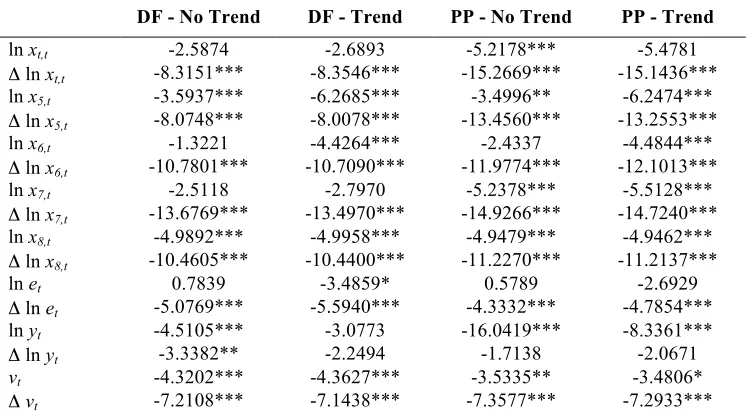

Related documents
The results (not shown available upon request) are again consistent with the ones presented above: happiness of unemployed is related to the country unemployment rate and family
Journalists have engaged in community-oriented journalism tactics since the 1960s, and these tactics continue today (Lauterer, 2006; Ferrucci, 2017). The journalists involved in
Yet, it can be seen right away that this is no longer a contrast function and the conver- gence is achieved only in the particular cases of constant autoregressive functions
Based on results obtained in this study for the “Mapping and Monitoring of the Soy Moratorium in the Amazon Biome” , which used INPE’s PRODES database for the period August
Exposing rats to pulse modulated 837 MHz RF energy similar to that emitted by some digital cell phones does not cause.. any promotion of brain
The value of yd obtained with this improved system was higher (28-36 ergs/ cm2) than the value reported in their earlier work. Colloid Interface Sci. These values were closer
Implications for curriculum designers include the need for greater consideration of external contextual influences, such as: opportunities for teachers to access
The processes of comparisons and feedback co-construction with peers in the reviewing stage (Stage 2) stimulated significantly increased engagement in reflection. Through the
